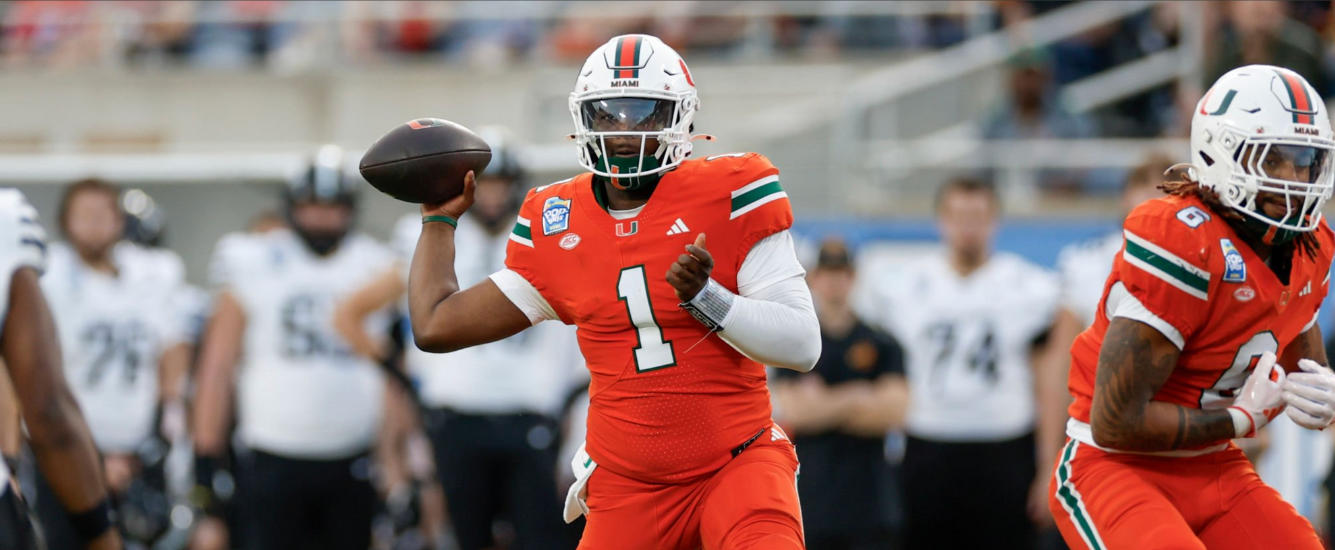Your tight end strategy is one of the defining pillars of a draft. It is arguably the most important decision you will ever make (in fantasy football). Like quarterback, it is also often one of the most overlooked elements of roster construction. A key part of this decision is whether or not to use an early pick on a tight end. The factors that drive this decision are:
- The ceiling of the available tight ends
- The opportunity cost of other positions
- The viability of the tight ends available later
- Luck: there are a finite number of elite options available and not every drafter can get one
I’ve previously gone into detail as to how much an elite TE supercharges Zero-RB, Anchor RB, and Hyperfragile constructions.
IS THE CEILING STILL THERE THIS YEAR?
A common trend amongst elite tight ends this year is that there are easy holes to poke in all of their bull cases. By order of Underdog ADP:
- Travis Kelce: he will turn 33 years old this season.
- Mark Andrews: benefitted from a much higher than normal (well, for Baltimore) pass rate in 2021 that will likely regress to prior years.
- Kyle Pitts: he didn’t actually score many points last year and there is skepticism surrounding how much production can come within a Marcus Mariota led Atlanta offense.
- Darren Waller: his target share fell to 24% last year and the Raiders added target garnering monster Davante Adams (absurd 32% average from 2019-2021).
- George Kittle: the 49ers were already run heavy and they now go from pocket passer Jimmy Garoppolo to noted dual threat Trey Lance. Deebo Samuel and Brandon Aiyuk also provide fierce competition for targets.
In addition, last year was a strong year for late-round TEs. This has resulted in some significant shifts in TE ADP with TE1 going 5 picks later and TE3 going 6.5 picks later than 2021. Waller and Kittle have also individually had huge downward movements. These trends make the question of whether the early TEs still carry the same league- and tournament-breaking upside as before particularly pertinent. The Range of Outcomes App (explained here) provides a great starting point for answering this question.















